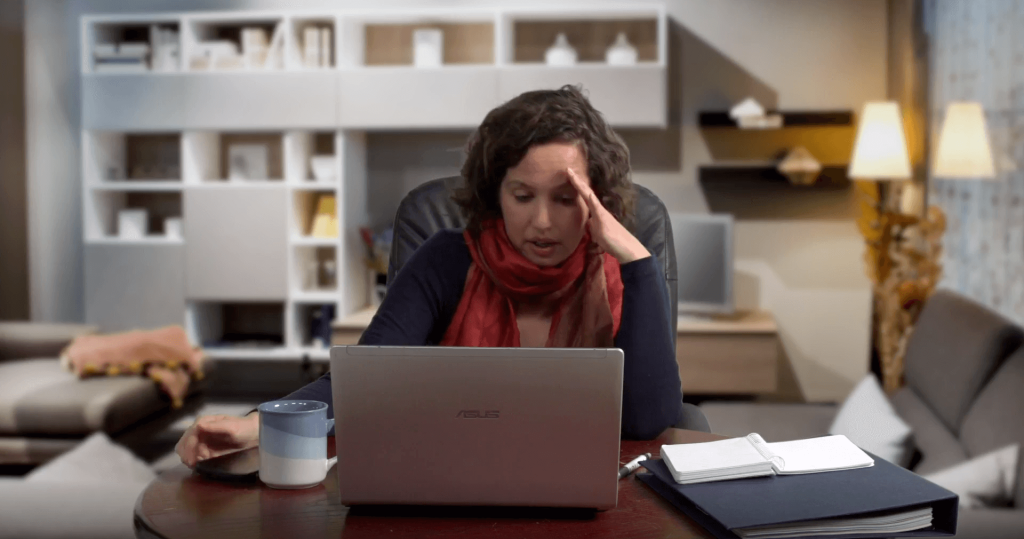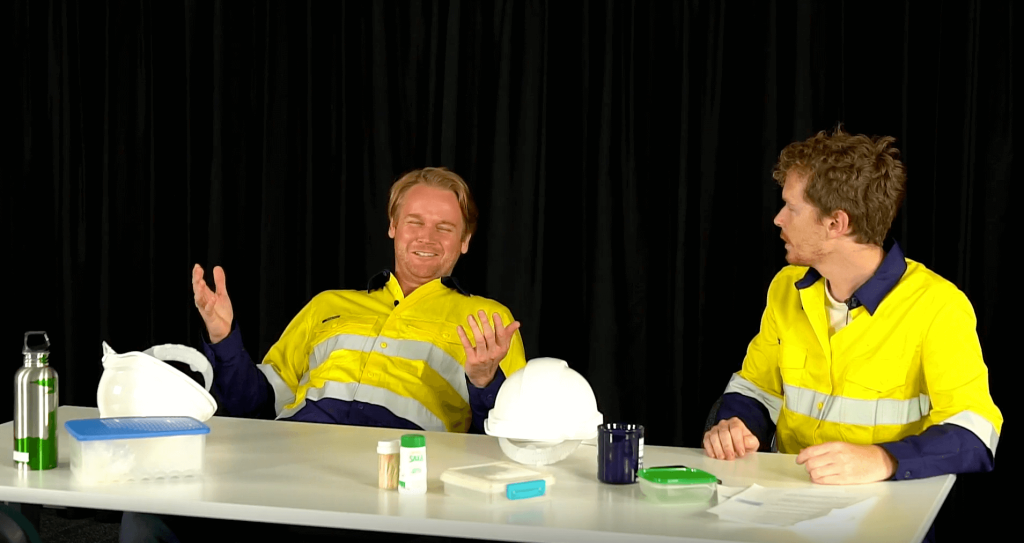As a workplace, it’s important to have extensive strategies that look after your team’s well-being in every sense.
The good news is, the Australian Government are prioritising creating mentally healthy workplaces. They are encouraging all businesses to focus on psychological safety just as much as physical safety.
Workplace mental health and productivity can be improved if we implement early intervention strategies and policies to protect our workers.
Read more below about early intervention and the steps your business can take.
What is early intervention?
Early intervention is basically spotting the signs of mental health issues before they escalate. Stress and burnout are the most common in a workplace setting. When we notice an employee’s behaviour changing, we can then encourage them to seek support. This prevents and lowers the progression of the illness and most importantly, reduces the risk of suicide.
How to Intervene Early
When you and your team know how to intervene early, it can stop psychological hazards occurring.
Here is our 8-step framework to follow for intervention:
1. Notice the signs – Look out for signs and symptoms.
2. Share your concerns – I am worried about you.
3. Provide resource support e.g., crisis support numbers.
4. Support intervention – Encourage the individual to seek help.
5. Seek support immediately – If an individual is at harm to themselves or others act immediately.
6. Avoid accidental counselling – Health professionals are best placed to fill this role.
7. It’s ok to ask for help – It’s ok to verbalise that you do not know how to respond and that you are going to seek professional help.
8. Not acting is not ok – If you see signs, it’s vital to act on it.
How we can help
Mind Blank have been advocating for early intervention for 10 years.
We focus on the steps you can take to prevent mental illness in the workplace. Through our specially designed interactive performance, we tackle important topics such as anxiety pressuresfrom COVID-19, increased workloads, remote working, juggling work life balance-partners and families, and suicide prevention.
This provides a non-threating and safe environment to hold important conversations on how mental health in theworkplace can develop and how you can manage this effectively.
These include:
· Creating wellness strategies to encourage early detection and help seeking.
· Inspiring a speak-up culture.
· Helping you move from reaction to prevention of mental health issues.
Building a wellness culture at your workplace is a crucial step to opening conversations and providing a safe environment to doso. When you promote awellness culture, it creates a flow on effect of those around you to look out for each other to prevent psychological injury.
Learn more about our workplace programs.






